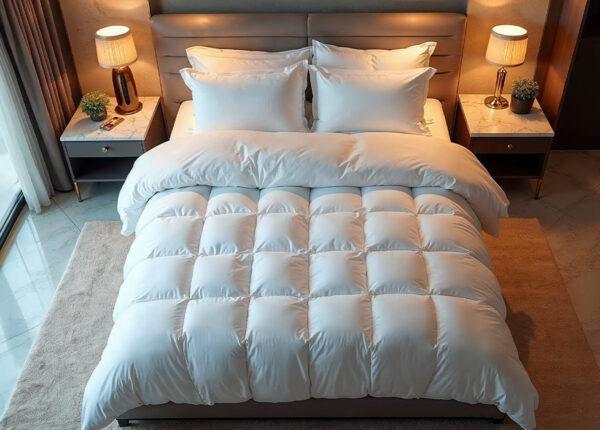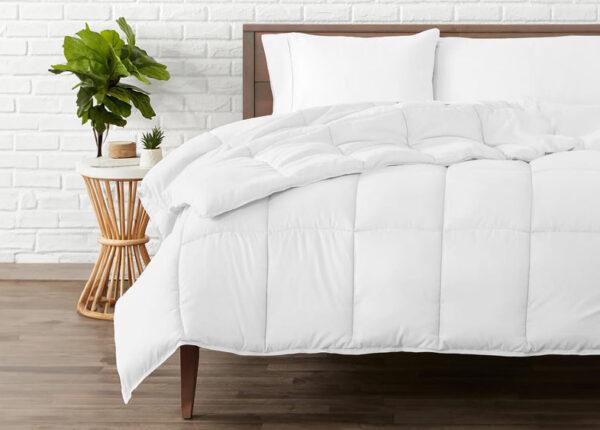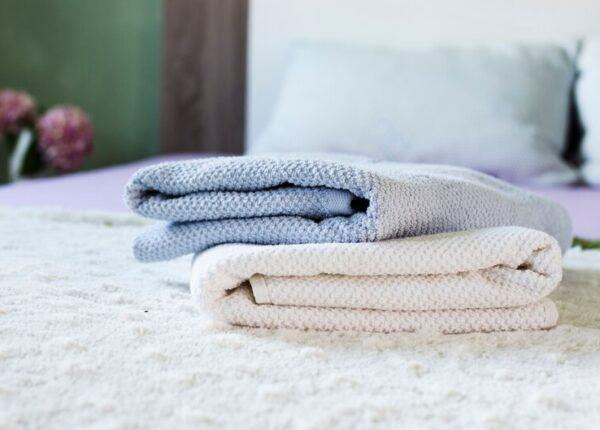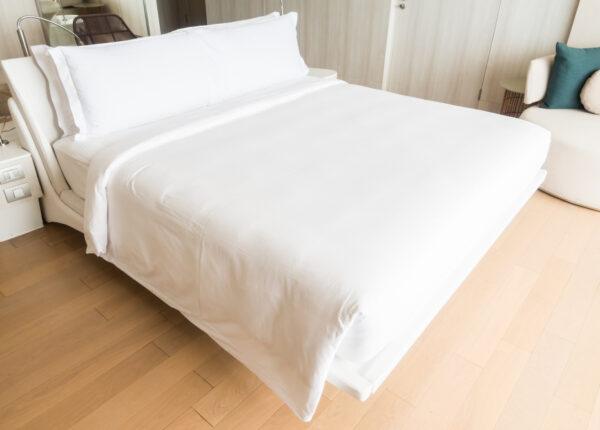Selecting the right duvet inserts is an important decision for hoteliers. T...
When it comes to creating a luxurious sleep experience for hotel guests, fe...
Guest comfort is the foundation of hospitality. Every detail, from the ambi...
Luxury hotels are synonymous with comfort, elegance, and a commitment to pr...




